Who I Play With
Duos & Trios
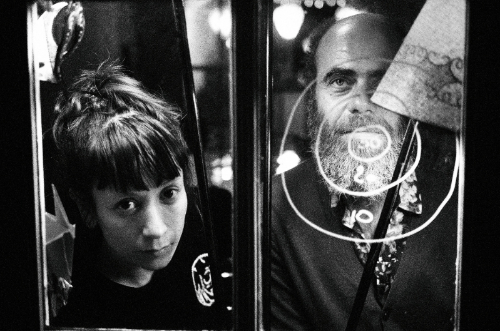
Soy Tierra
Borja Flames, voice, tar, objects, Barbara Dang, piano
The Spanish composer and singer Borja Flames and the pianist and improviser Barbara Dang met during a tribute to Moondog. From this encounter, Soy Tierra was born, a project exploring contemporary South American and Spanish poems.
Borja Flames blends singing inspired by Iberian traditions with spoken-word, while Barbara Dang experiments with a piano enriched by various sound elements (stone, metal, wood...). Together, they weave a sonic universe between introspection, the cosmos, and human relationships.
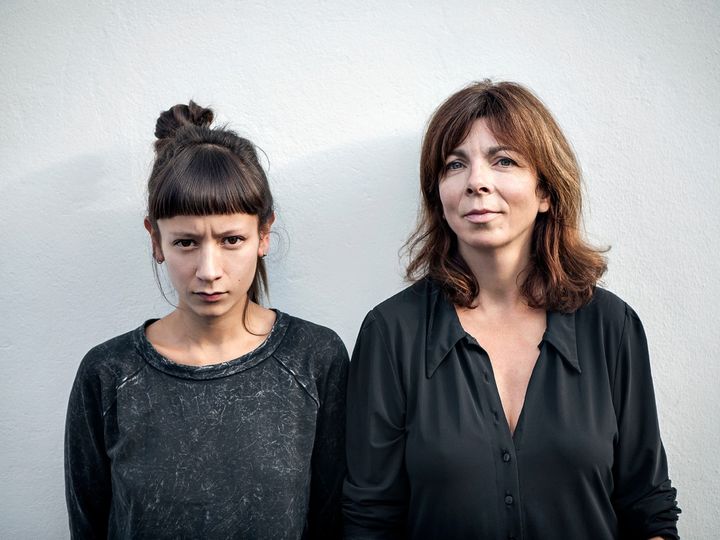
AGNel/DANg
Sophie Agnel, Barbara Dang, four-hand piano
Sophie Agnel and Barbara Dang, through extended piano techniques and string playing, combine free improvisation with written compositions. After their 2016 meeting with Tom Johnson's Symmetries, they present a four-hand program, blending works by Pärt, Feldman, Bley, Mompou, and improvisation.
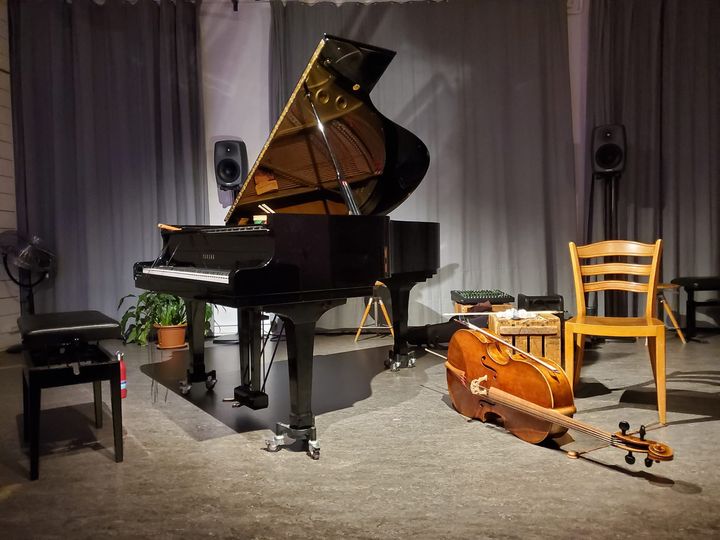
Dang/Romary
Barbara Dang, piano, Aude Romary, cello
Aude Romary and Barbara Dang pursue an experimental musical approach, blending free improvisation, minimal music, and contemporary composition. In this cello-piano duo, they explore the limits of their instruments to create an improvised score that is both noisy and sensitive.
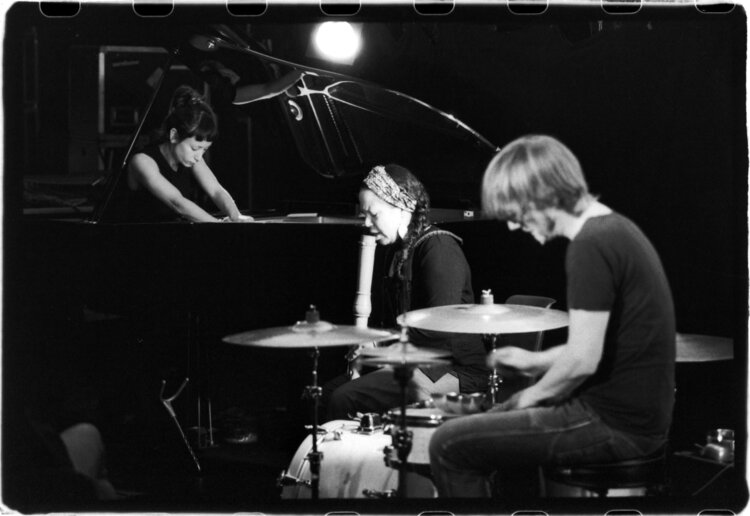
Abdou/Dang/Orins
Sakina Abdou, saxophones, flute, Barbara Dang, piano, Peter Orins, drums
A trio. A saxophone. A piano. A drum kit. Notes. Noise. Maybe melodies. Definitely repetitive. Altered instruments. Pure sounds. Reversed timbres. Depth, backgrounds. Maybe some foreground too. Minimal. But full. Organic, humid, alive. Suspended, tense, delicate. Time stops, yet continues. Sakina Abdou, Barbara Dang, and Peter Orins use minimalist techniques and very low volumes to explore the timbres and extended techniques of their instruments.
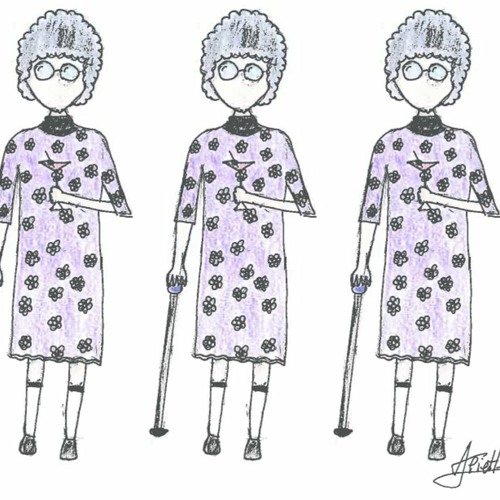
Jacqueline
Barbara Dang, piano, Mimosa, guitar, lap steel, Anne Sortino, violin
A refreshing musical cocktail mixing white wine, grenadine, and lemonade, with improvised proportions.
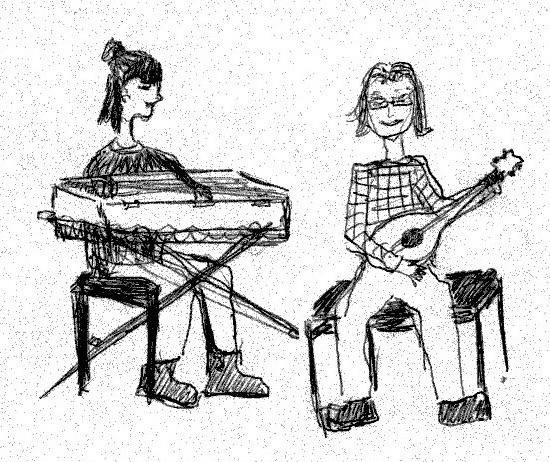
DAN/GO
Barbara Dang, piano, virginal, Raphaël Godeau, guitar, mandolin
DAN / GO is a piano-guitar duo. The music is improvised. The piano is open, and the guitar has six strings. Together, they create a blend of resonances that smell of wood and metal heated by hand
Ensembles & Collectives
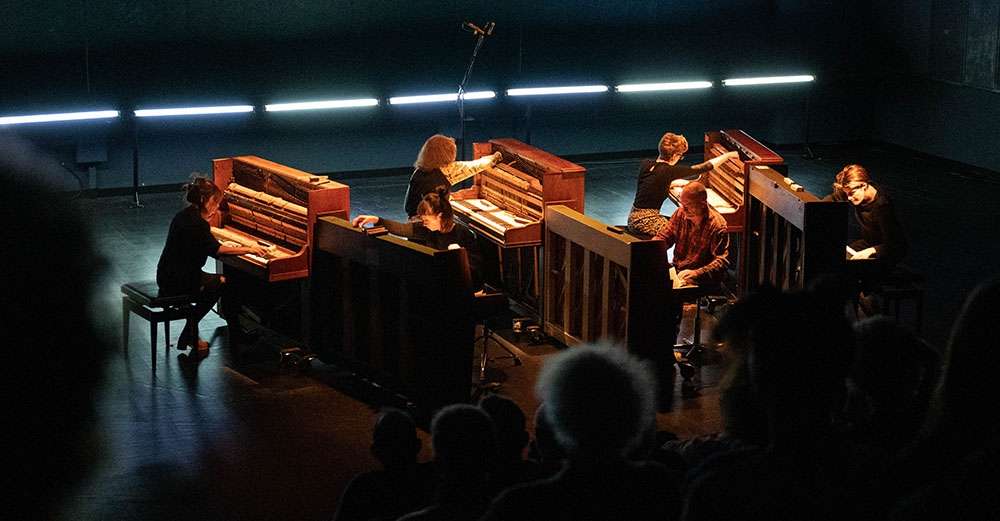
Pianoïse
Emmanuel Lalande concept, Sophie Agnel, Barbara Dang, Félicie Bazelaire, Betty Hovette, Nicolas Lelièvre, Arnaud Le Mindu pianists
A proposition by Emmanuel Lalande for 6 pianists, 6 pianos, 1,400 strings, 1 tuner, and 1 theater stage. A daring attempt to transform the king of chromatic instruments into a cacophonous machine. For this occasion, the pianos will be tuned in such a way that no string is tuned the same. When all pianos are played together, the sound should resemble white noise or something close to it.
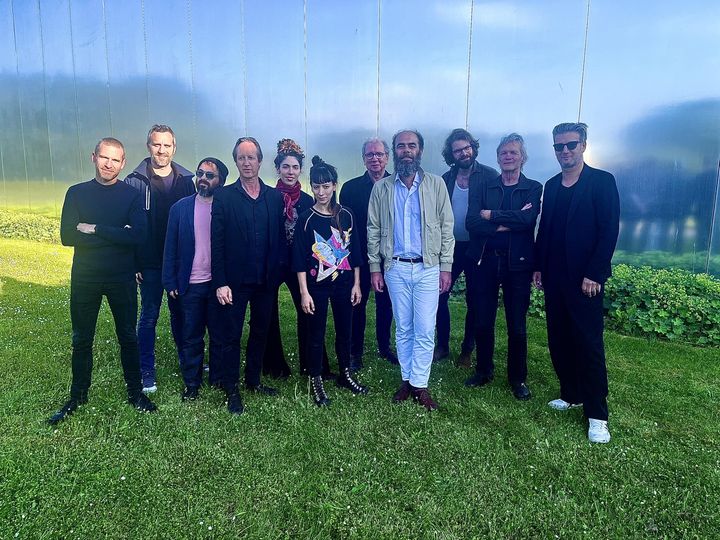
Looking For H'art Songs
Melaine Dalibert upright piano, Barbara Dang upright piano, Lou Renaud-Bailly trimba, percussion, Bertrand Belin vocals, G.W. Sok vocals, Borja Flames vocals, John Greaves vocals, David Sztanke vocals, Olivier Mellano artistic direction, Louis ‘Moondog’ Hardin composition
Under the artistic direction of Olivier Mellano, Looking For H'Art Songs brings together musicians and voices with varying sensibilities, exploring the work of Louis 'Moondog' Hardin and the vocal pieces collected in the 1978 album H’art Songs.
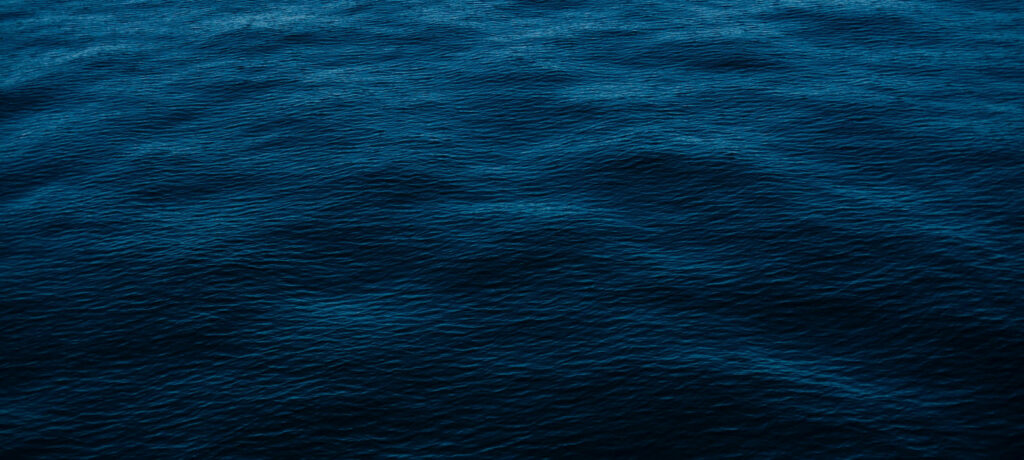
Océan Mémoire
Barbara Dang, Expressive-E-Osmose, Peter Orins, percussions, Christian Pruvost, trumpet, Kasper Toeplitz, composition, electric bass
Musical piece exploring microtonal sounds and a non-octave structure. Notes don’t repeat as usual but form a dense, fluid soundscape. It uses extremely small intervals (1/24 tones), creating subtle pitch shifts and a unique, immersive texture.
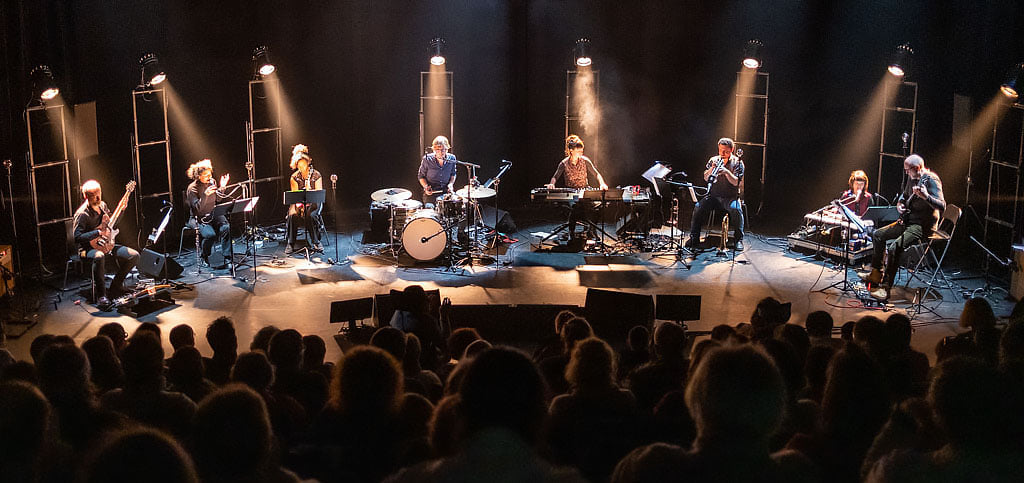
Flumunda
Christian Pruvost Composition, artistic direction - Trumpet, electronics, Sakina Abdou Saxophones, flutes, Sébastien Beaumont Guitar, Ivann Cruz Guitar, Barbara Dang Keyboards, Xuan Mai Dang Vocals, flutes, electronics, Maryline Pruvost Vocals, flutes, Peter Orins Drums, electronics, Alex Noclain Sound projection, Claire Lorthioir Lighting design
As composer-in-residence at Vivat from 2020-22, trumpet player Christian Pruvost created Flumunda, a piece for eight musicians and tape, inspired by sounds recorded during his explorations of the region. Flumunda evokes the river Lys, its changing nature and many faces. In eight movements, the work blends minimalist and tribal music, microtonality, poetic texts by Thomas Suel, and electroacoustic soundscapes, addressing themes such as pollution and our connection to nature..
Experimental & Interdisciplinary
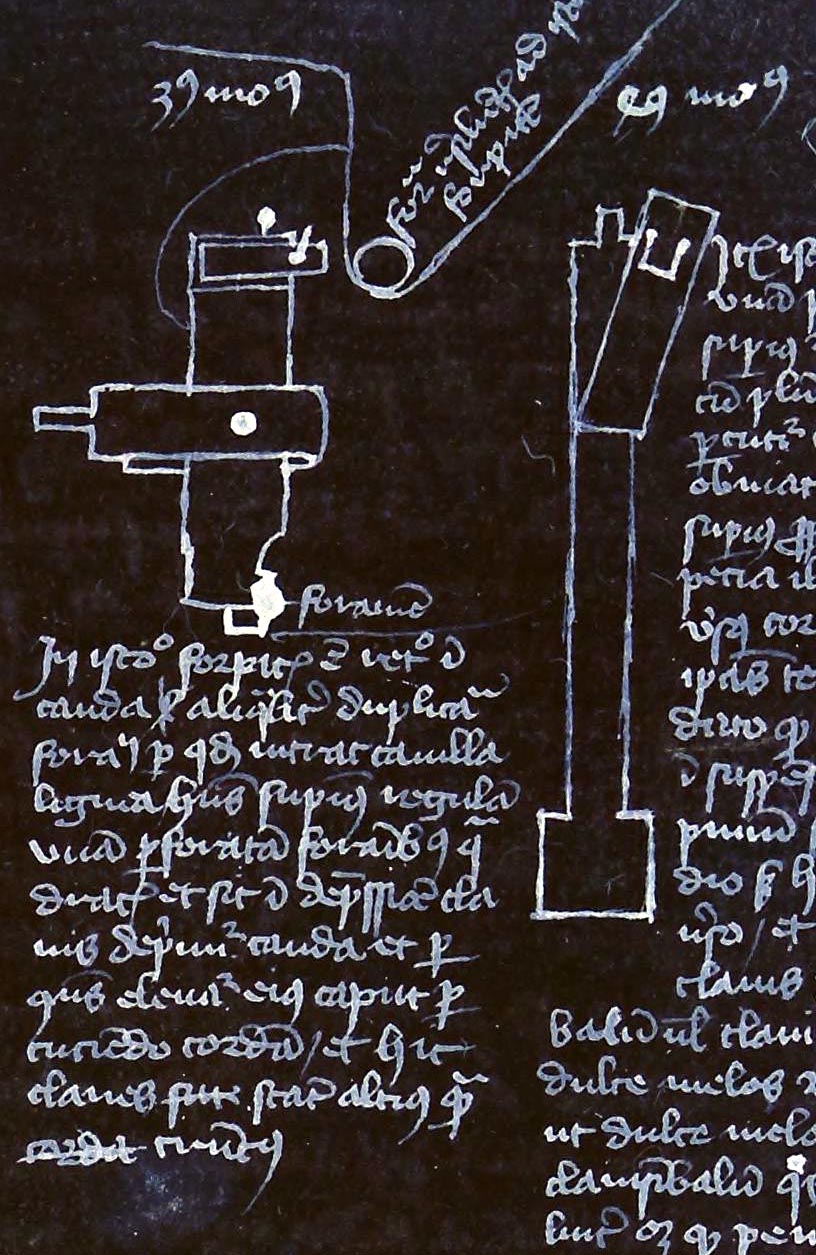
ARIO
David Boinnard, instrument maker, mechanized virginal, video, voice, typewriter... Barbara Dang, harpsichord, Gordon Pym reading, sound diffusion.
ARIO for hARpsIchOrd is a subtle tribute to Cage’s HPSCHD, exploring the instrument in an original way, beyond strict Baroque interpretations.
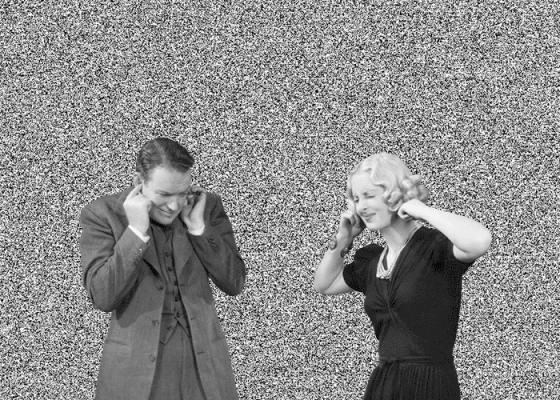
Deux( )
Gordon Pym, objects, electronics, Barbara Dang, piano, objects, electronics
Project focused on experimental music and environmental sounds, combining solo and duo improvisations.
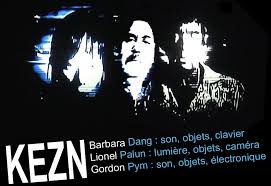
KEZN
The Kezn project aims to revisit notable compositional processes in experimental music and derive a visual equivalent. The goal is not to provide images for music or to visualize musical effects, but to treat sound and light through a unique process. The constraints of each medium and our senses shape the contours of this analogy.